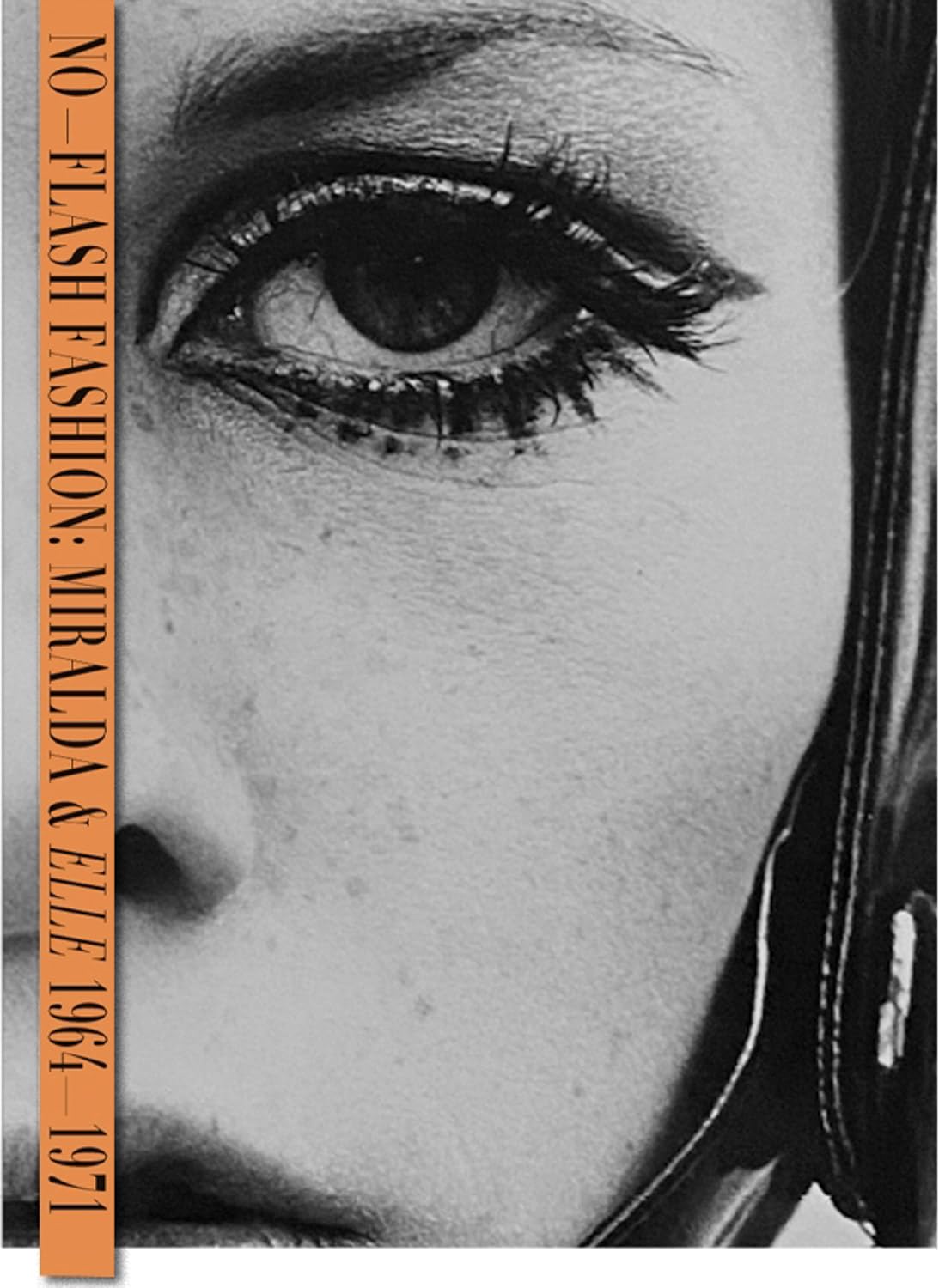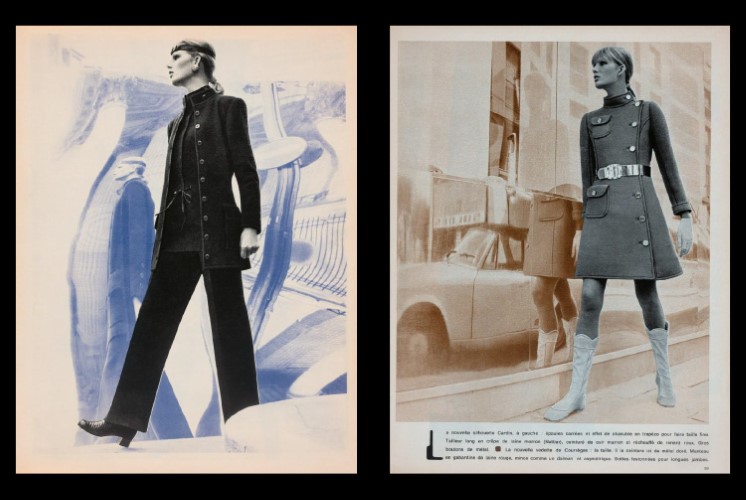Le magazine « Elle » a été réalisé par la brillante journaliste Hélène Lazareff et le directeur artistique Peter Knapp. C’est à cette époque qu’Antoni Miralda a photographié le début des supermodels et l’arrivée du sensationnel et radicalement différent Twiggy.
La photographie de mode occupe une place inconnue mais importante dans la carrière d’Antoni Miralda. Ce livre nous permet de comprendre l’influence de son travail à cette époque. Après s’être installé à Paris, l’artiste a commencé à collaborer régulièrement avec le magazine ELLE entre 1964 et 1971, travaillant sur des collections saisonnières contemporaines liées au monde de l’art. Parmi les nombreux reportages réalisés par Miralda pour le magazine ELLE, il y en a un qui se distingue par la notoriété du modèle qui y joue, l’emblématique Twiggy.
La plupart des images de l’époque montraient des modèles dans des studios, tandis que Miralda emmenait ces modèles dans la rue, dans un espace non difié et imprévisible. Face au Grand Paris d’Haussmann, aux musées et aux imposantes cathédrales, Miralda privilégie les angles morts de l’urbanisme historiciste, lieux populaires et peu fréquentés avec une grande densité humaine.
No-Flash Fashion, avec son design contemporain et ses références aux magazines de mode et aux archives, présente pour la première fois une vue détaillée de l’œuvre non découverte de l’un des artistes les plus polyvalents et emblématiques du Xxe siècle.
“Elle” magazine was directed by brilliant journalist, Hélène Lazareff, and artist director, Peter Knapp. It was at this time that Antoni Miralda photographed the beginning of the supermodels and the arrival of the sensational and radically different Twiggy.
Fashion photography occupies an unknown, but important place in Antoni Miralda’s career. This book allows us to understand how influential his work was at that time. After settling in Paris, the artist began to collaborate regularly with ELLE magazine between 1964 and 1971, working on contemporary seasonal collections linked to the art world. Among the many reports carried out by Miralda for ELLE magazine there is one that stands out for the notoriety of the model who stars in it, the iconic Twiggy.
Most images at the time showed models in studios, while Miralda took these models out into the street, into an uncodified and unpredictable space. Faced with the Grand Paris of Haussmann, of museums and imposing cathedrals, Miralda prefers the blind points of historicist urbanism; popular, uncliched places with a great human density.
No-Flash Fashion, with its contemporary design and its references to fashion magazines and archives, presents for the first time a detailed view of the undiscovered work of one of the most versatile and iconic artists of the twentieth century.



















